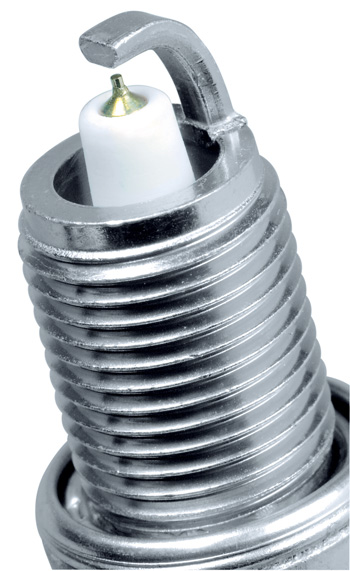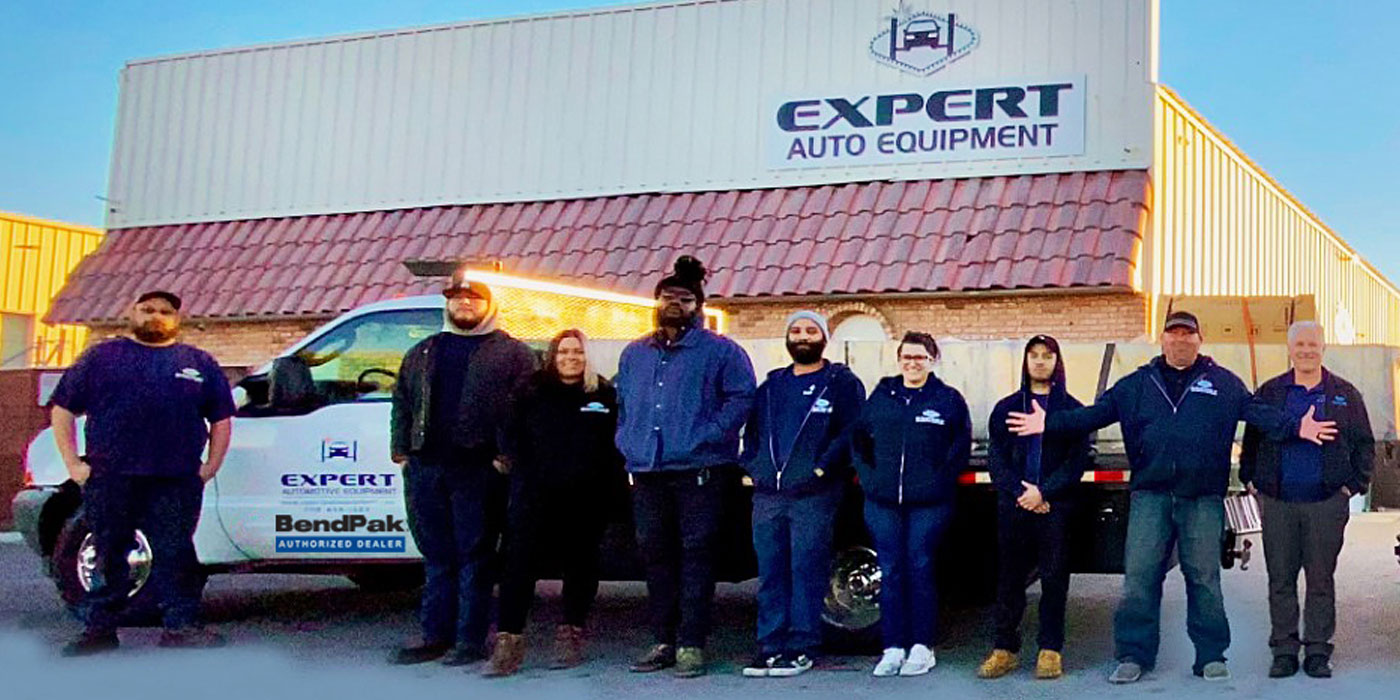Spark plugs are a maintenance item, but also may have to be replaced if fouled and misfiring. Other ignition components such as plug wires, coils and crankshaft position sensors only need to be replaced if they have failed.
 Spark plugs ignite the air/fuel mixture in the engine’s cylinders when high voltage from the ignition coil jumps the electrode gap at the end of each plug.
Spark plugs ignite the air/fuel mixture in the engine’s cylinders when high voltage from the ignition coil jumps the electrode gap at the end of each plug.
Electrode wear or fuel or oil ash deposits that accumulate on the plug electrodes or insulator can prevent the plug from firing reliably, causing a drop in fuel economy and performance. Misfires will turn on the Check Engine light on 1996 and newer vehicles.
Most late-model engines come factory-equipped with long-life, 100,000-mile platinum or iridium spark plugs. Older standard spark plugs typically have a service life of 30,000 to 45,000 miles. Any type of spark plug may have to be replaced sooner if it has become fouled and is misfiring. Conventional spark plugs can be replaced with platinum or iridium plugs to extend their life or upgrade performance.
Spark plugs are designed for specific engine applications. The diameter, length and pitch of the threads that screw into the cylinder head must match the engine along with the heat range. How far the tip of the spark plug extends into the combustion chamber (called “reach”) must also be correct for the application otherwise the tip of the plug may hit the piston or valves. Always follow the spark plug listings in your plug supplier’s catalog or data base.
The ignition coil creates high-voltage current to fire the spark plug(s). The coil is a transformer that steps up battery voltage (12 volts) to tens of thousands of volts. Most late-model engines have some type of distributorless ignition system (DIS). This includes “waste spark” DIS systems with coil packs and plug wires, Coil-On-Plug (COP) ignitions (with no spark plug wires), and Coil-Near-Plug (CNP) ignition systems with individual coils for each cylinder and short spark plug wires. Older vehicles with distributors typically have a single coil. The coil may be an oil-filled “can” type mounted near the distributor, an epoxy round or square coil, or a compact coil that mounts inside the top of the distributor cap (GM HEI distributors). Some older import ignitions have two coils.
If an engine does not have a coil-on-plug ignition system, it will have spark plug wires (ignition cables) to carry the high voltage current from the coil(s) to the spark plugs. Ignition cables come in various types (suppression and solid core), use different types of insulating and jacketing materials (silicone, EPDM, etc.), and come in different lengths and diameters (7 and 8 mm). Replacement cables must be the same size and length as the original. Changing all the plug wires is recommended on high-mileage engines if more than one plug wire has failed.










